
How To Manage Skin Pigmentation Problems
Expert tips for managing dark spots, Melasma, and more.
You wake up, look in the mirror, and there it is—another dark spot staring back at you. Frustrating, right? Skin pigmentation issues can feel like an uphill battle. But the good news? You don’t have to deal with them alone. Whether it’s sun spots, melasma, or post-acne marks, there are ways to manage and even improve pigmentation.
If you’re looking for expert guidance, a dermatologist in Singapore can help you understand the root cause of your pigmentation and recommend the right treatment. But first, let’s break it down and explore what skin pigmentation is, why it happens, and how to handle it like a pro.
What is Skin Pigmentation?
Pigmentation is simply your skin’s natural coloring. It comes from melanin, a pigment produced by special skin cells. When these cells produce too much or too little melanin, you get pigmentation issues—like dark spots, patches, or uneven skin tone.
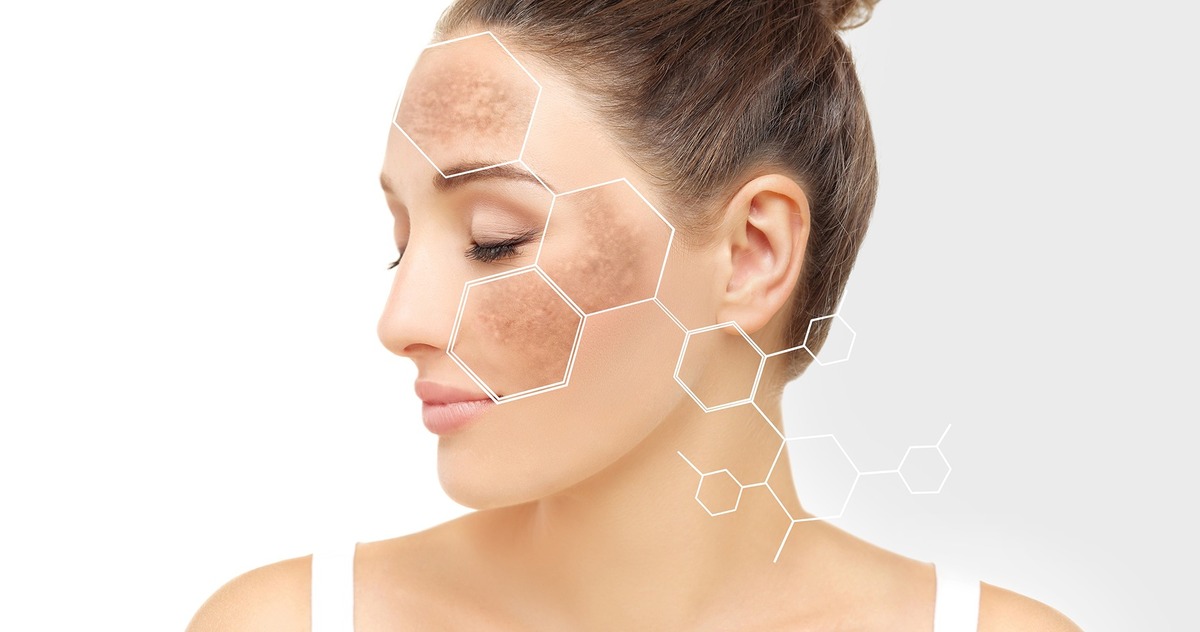
The tricky part? Pigmentation can be caused by a mix of factors, from genetics to lifestyle habits. And while some cases fade on their own, others need a little extra help.
Common Types of Pigmentation Issues
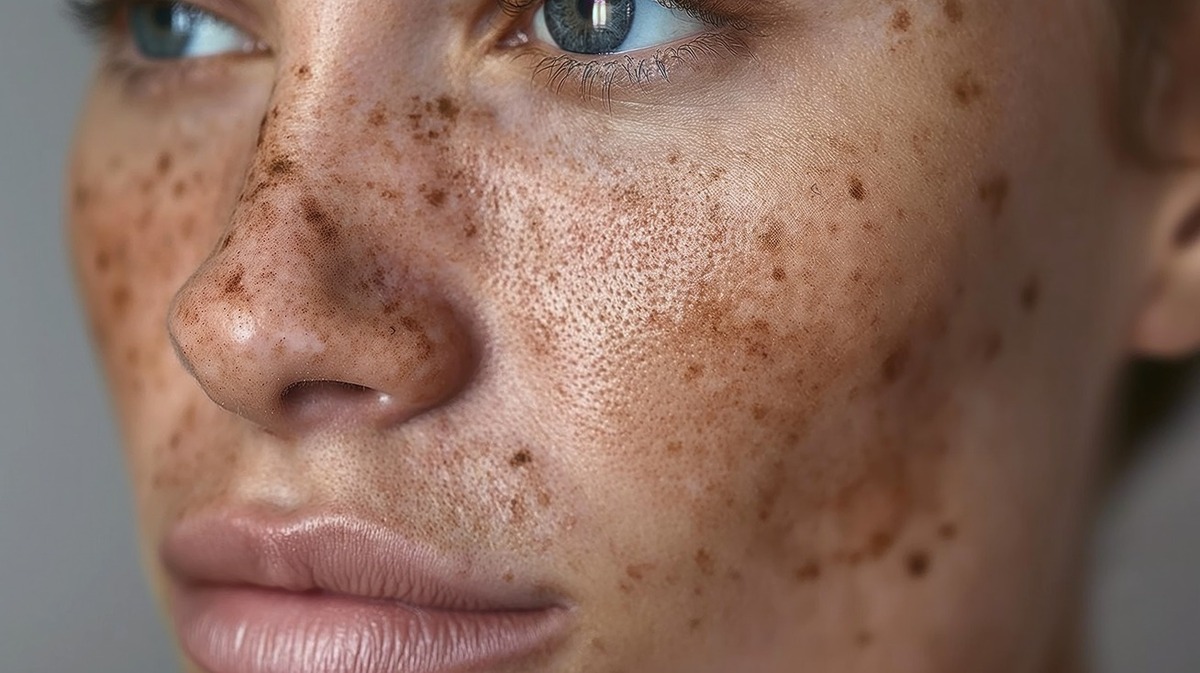
Not all pigmentation is the same. Here are the most common types:
-
Hyperpigmentation – Dark patches that appear when your skin produces too much melanin. Common causes? Sun exposure, acne scars, and inflammation.
-
Melasma – Brown or grayish patches, usually on the face. This one’s often triggered by hormones, pregnancy, or birth control pills.
-
Post-Inflammatory Hyperpigmentation (PIH) – Ever had a pimple leave a stubborn dark mark? That’s PIH. It happens after skin trauma, like acne or burns.
-
Freckles & Sun Spots – Cute when you’re a kid, but over time, excessive sun exposure can make them darker and more noticeable.
Causes of Skin Pigmentation Problems
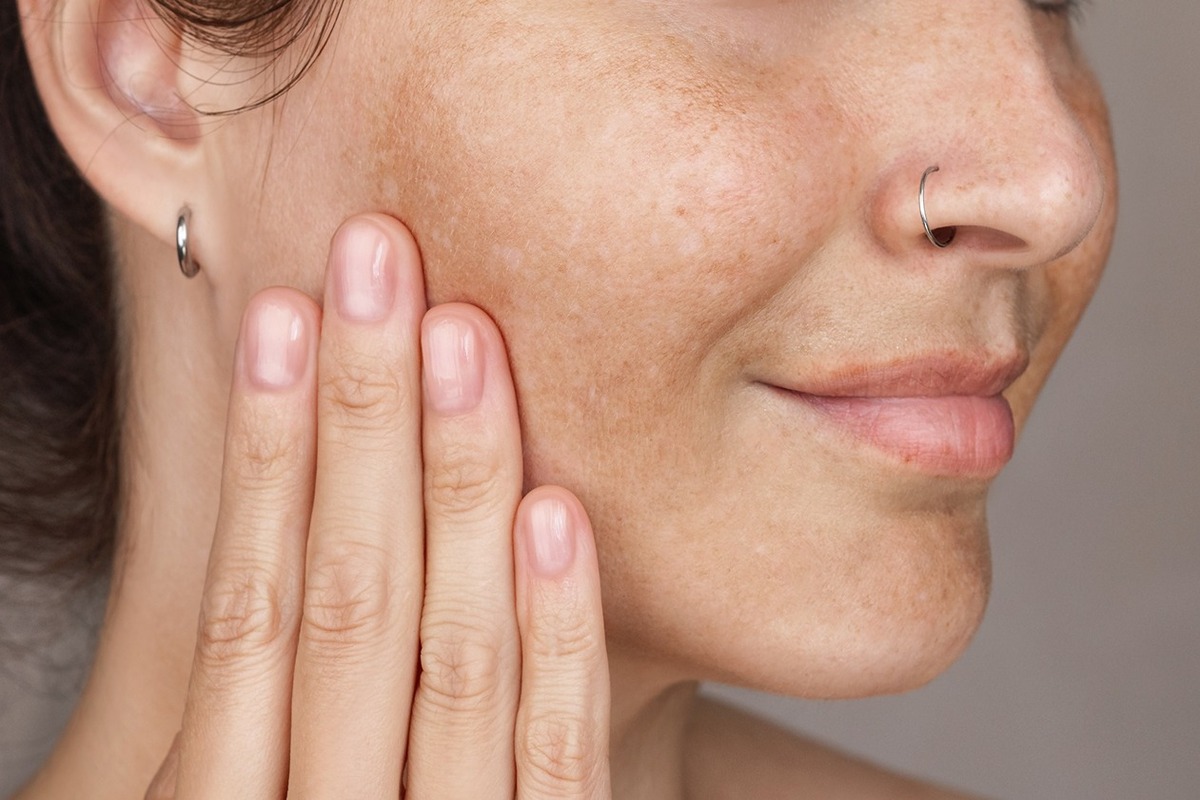
So, what causes these unwanted spots? A few main culprits:
-
Sun Exposure – UV rays tell your skin to make more melanin. The result? Dark spots that stick around.
-
Hormonal Changes – Pregnancy, birth control, and even stress can mess with melanin production.
-
Skin Trauma – Acne, cuts, and burns can leave behind lasting pigmentation.
-
Genetics – Some people are just more prone to pigmentation than others.
How to Prevent Skin Pigmentation Issues
The best way to deal with pigmentation? Stop it before it starts. Here’s how:
Daily Sun Protection Strategies
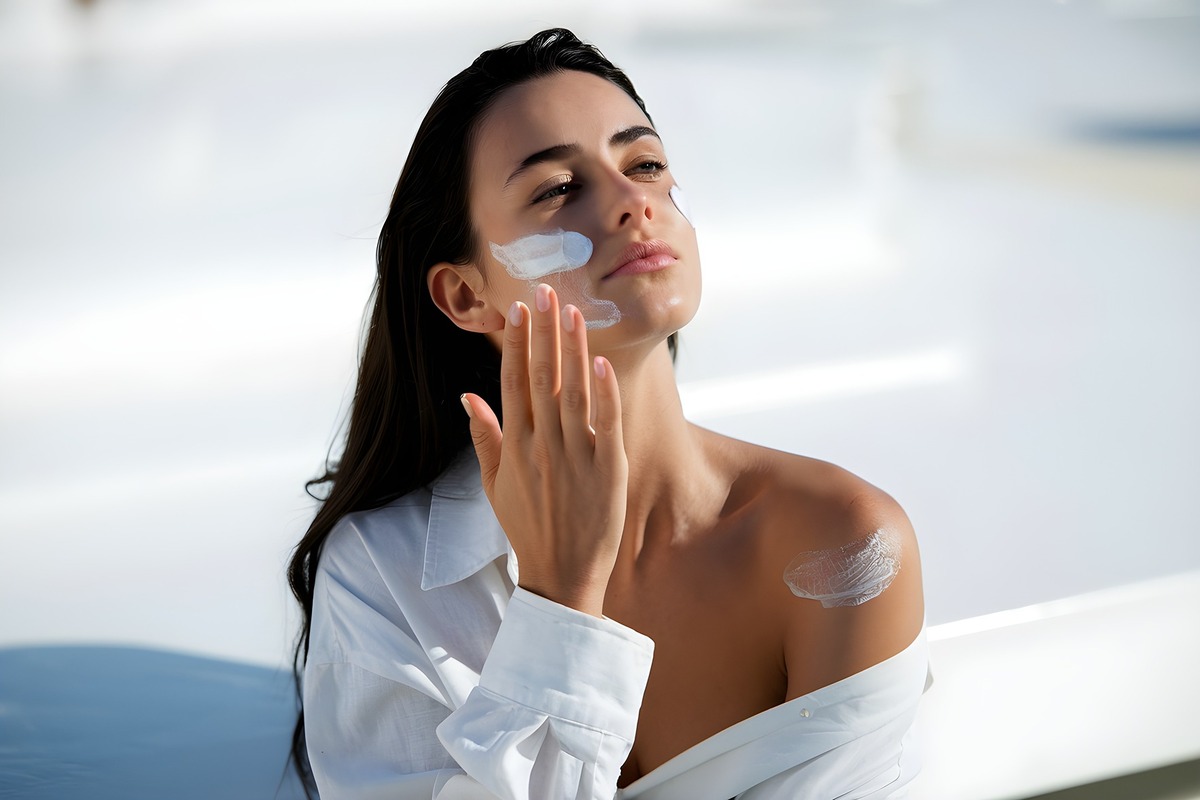
Sun exposure is the biggest trigger for pigmentation. The fix? Sunscreen, sunscreen, sunscreen.
Use a broad-spectrum SPF 30+ every day, even if it’s cloudy. Reapply every two hours if you’re outside. And don’t forget sunglasses and a wide-brim hat—because squinting isn’t just bad for wrinkles, it darkens pigmentation, too.
Skincare Habits to Reduce Pigmentation Risks

A good skincare routine can do wonders. Look for vitamin C, niacinamide, and licorice extract in your products. These ingredients help brighten skin and fade dark spots.
Avoid picking at pimples—it only makes marks worse. And be gentle with exfoliation. Over-scrubbing can cause irritation, leading to more pigmentation problems.
Lifestyle Changes for Healthier Skin

Your skin reflects your health. Stay hydrated, eat antioxidant-rich foods, and get enough sleep.
Stress also plays a role in pigmentation, especially hormonal melasma. Finding ways to relax—like yoga or meditation—can make a real difference.
Treatment Options for Skin Pigmentation
If prevention isn’t enough, don’t worry—there are effective treatments to tackle pigmentation.
Over-the-Counter Creams and Serums
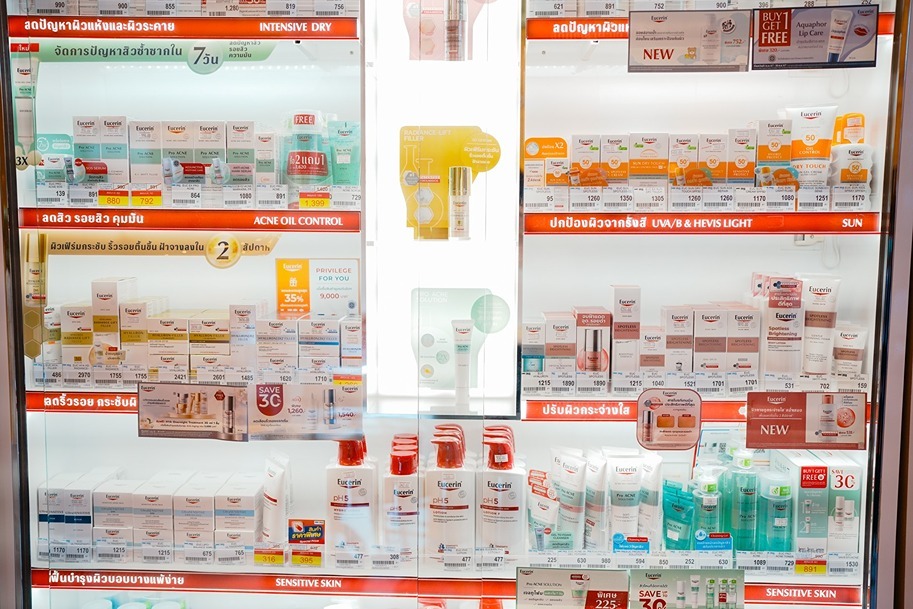
There’s a reason brightening serums are so popular. Ingredients like hydroquinone, retinol, alpha arbutin, and kojic acid help lighten dark spots over time.
Products like Gundry MD Polyphenol Dark Spot Diminisher are also formulated to reduce pigmentation, using powerful antioxidants to target dark spots.
But patience is key. These treatments can take weeks, even months, to show visible results.
Prescription Treatments

For stubborn pigmentation, a dermatologist might recommend stronger treatments. Prescription creams with tretinoin, hydroquinone, or azelaic acid can speed up the fading process.
But here’s the catch—some of these ingredients can make your skin sensitive. Always follow a doctor’s advice when using prescription products.
Chemical Peels and Laser Therapy
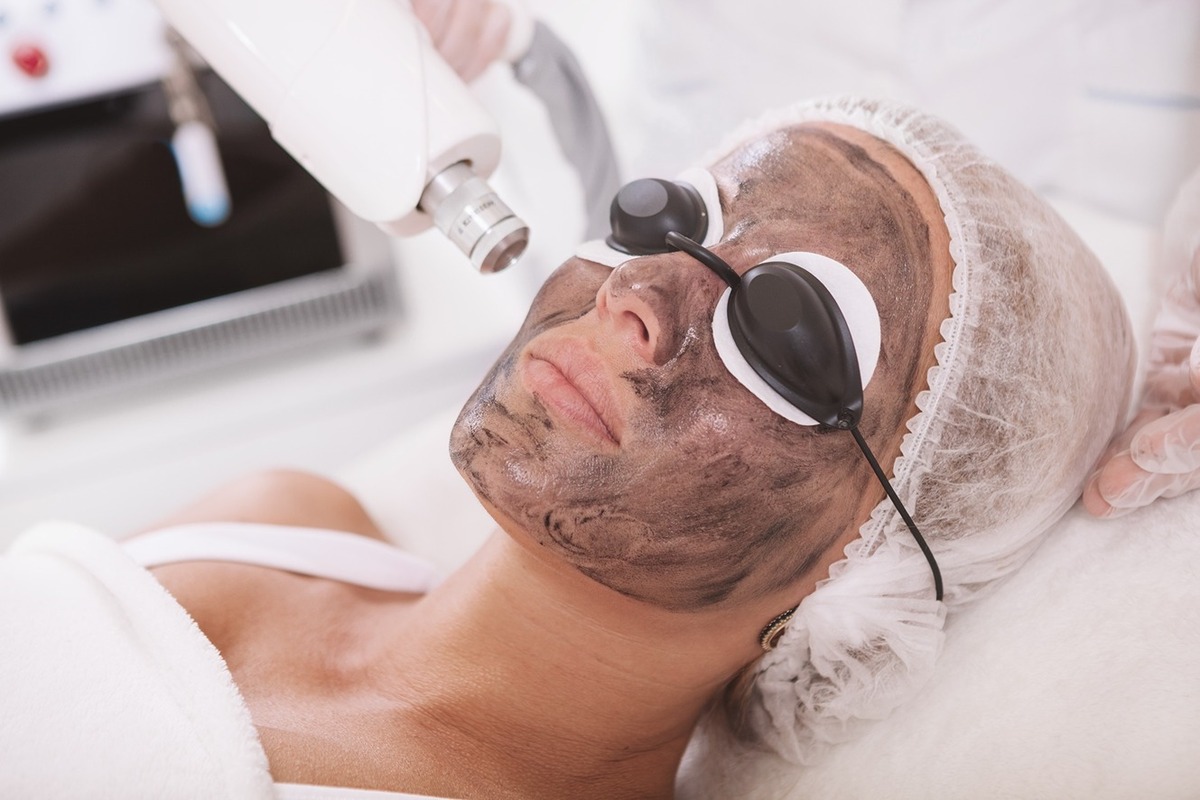
For deeper pigmentation, professional treatments might be the way to go. Chemical peels use acids to exfoliate skin and remove dark patches. The result? A fresher, more even complexion.
And then there’s Pico laser—a high-tech solution for pigmentation. It breaks up melanin clusters without damaging surrounding skin, making it one of the most effective options for treating stubborn spots.
Natural Remedies and Home Treatments

Want a more natural approach? Some ingredients from your kitchen might help. Aloe vera, turmeric, and licorice extract are known for their skin-brightening properties.
Just be careful—natural doesn’t always mean safe. Always do a patch test before trying home remedies.
Signs That Require Professional Help

Not all pigmentation issues can be fixed at home. If your dark spots are spreading, getting darker, or just won’t fade no matter what you try, it might be time to see a dermatologist.
Some pigmentation can be a sign of underlying health conditions. If your spots are accompanied by other symptoms—like itching, pain, or sudden changes—get them checked out ASAP.
Final Thoughts
Pigmentation problems can be frustrating, but they’re not unbeatable. Protecting your skin, using the right treatments, and making smart lifestyle choices can go a long way in keeping your complexion clear and even.
And if those stubborn spots just won’t budge? A skilled dermatologist can help you find the best treatment plan for your skin. Because, at the end of the day, your skin deserves the best care possible.










